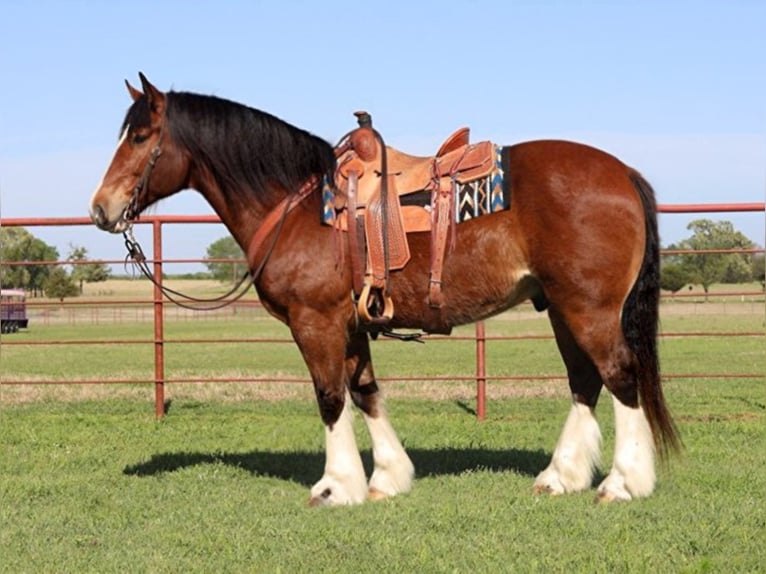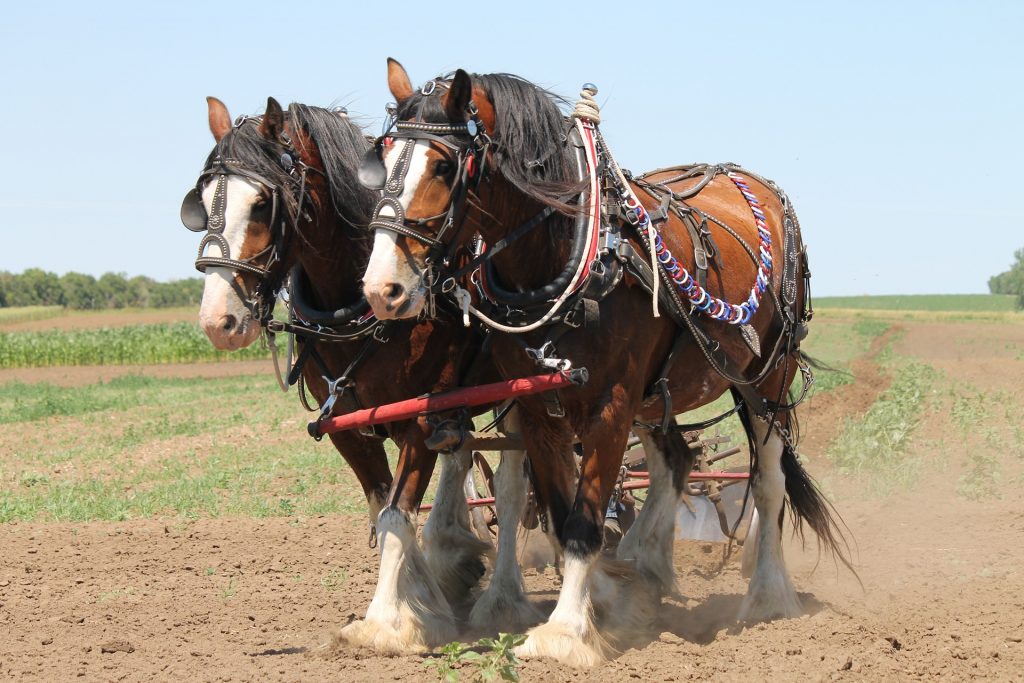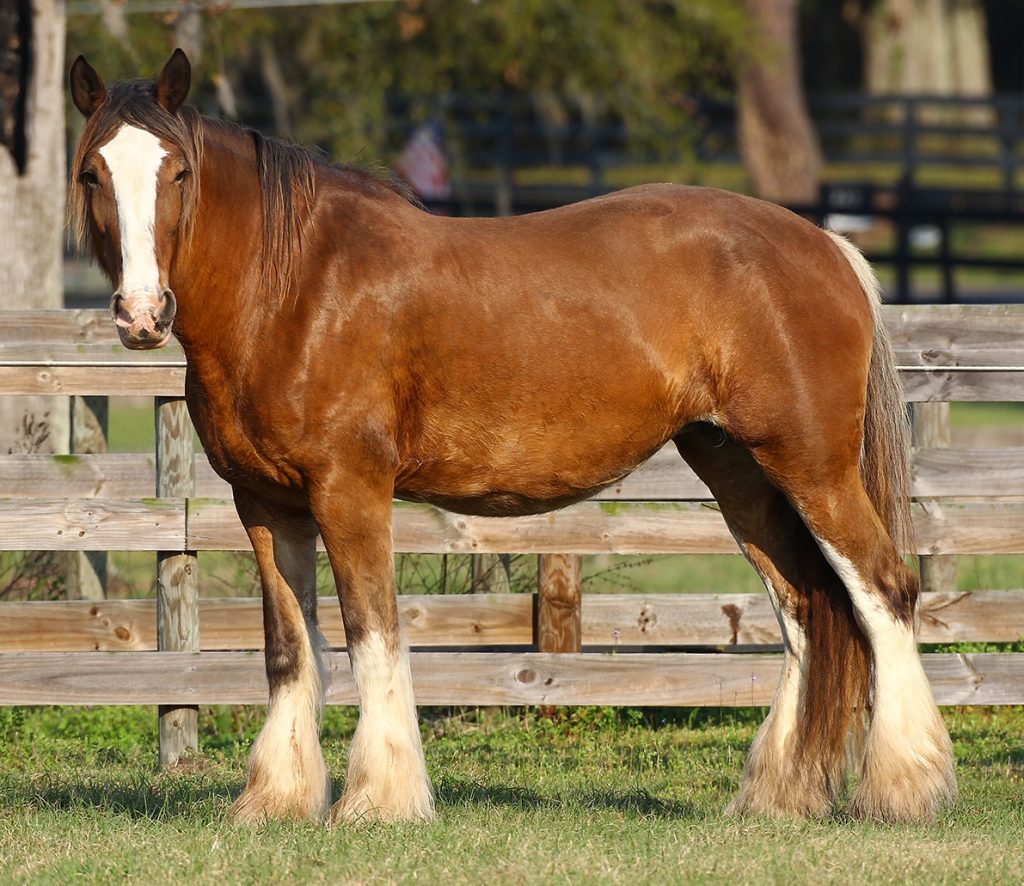- Introduction to the Clydesdale’s Stature and Appearance
- The Temperament of Clydesdale Horses
- The Physical Attributes of the Clydesdale Breed
- Nuances of Clydesdale Grooming and Care
- Historical Significance and Modern Roles of Clydesdales
- Challenges and Considerations in Raising Clydesdales
- Conservation and the Future of Clydesdale Horses
The Clydesdale horse, a gentle giant known for its distinctive appearance and amiable nature, embodies both majesty and strength. This article delves deeply into the essence of the Clydesdales, revealing their physical attributes and temperament. Renowned for their towering presence and feathering, these equine beauties boast an unmistakable grace. It’s a harmonious blend of brawn and gentleness that makes the Clydesdales a cherished breed among horse enthusiasts around the globe.
>> READ MORE:
- Belgian Draft Horse vs Clydesdale A Comparison of Two Majestic Equines
- Unveiling the Majestic Presence: Explore the Physical and Temperament Traits of Belgian Draft Horses
Contents
- 1 Introduction to the Clydesdale’s Stature and Appearance
- 2 The Temperament of Clydesdale Horses
- 3 The Physical Attributes of the Clydesdale Breed
- 4 Nuances of Clydesdale Grooming and Care
- 5 Historical Significance and Modern Roles of Clydesdales
- 6 Challenges and Considerations in Raising Clydesdales
- 7 Conservation and the Future of Clydesdale Horses
Introduction to the Clydesdale’s Stature and Appearance
Clydesdale horses are easily recognized by their imposing size and striking features. Originally from Scotland and named after the Clyde Valley, these horses have an average height of 16 to 18 hands, with some even surpassing the 18-hand mark. They typically weigh between 1,600 to 2,200 pounds. However, their notable attributes extend well beyond size. Clydesdales possess a regal bearing with broad withers, a deep chest, and a muscular build. Standing out amid their physical traits are the feathered legs, which are tufts of hair cascading down from the knees and hocks, covering the hooves. The most common coat colors are bay and black, often with white blazes on their faces and white stockings on their legs.
The Temperament of Clydesdale Horses
Despite their formidable appearance, Clydesdales are generally known for their calm and friendly disposition. This gentle temperament is part of what makes them suitable for all levels of horse enthusiasts, from beginners to seasoned handlers. They are patient, willing to work, and quick to learn, traits that have made them a favored choice for team driving and ceremonial uses. The amicable nature of the Clydesdale facilitates bonding with humans and makes them excellent companions.

The Physical Attributes of the Clydesdale Breed
The Clydesdale’s conformation—their physical structure and proportions—is key to their endurance and pulling abilities. A well-arched neck, a strong back, powerful hindquarters, and solid hooves provide the foundation for their capability to perform heavy labor. Not limited to their draft abilities, Clydesdales also excel in various equestrian disciplines, including driving competitions and parades, and even dressage.
Nuances of Clydesdale Grooming and Care
Maintaining a Clydesdale horse’s health and appearance requires consistent grooming and care. Regular brushing is essential for their luxurious coat and to prevent matting in the feathering on their legs. Hoof care is crucial given their size and the weight they bear; proper trimming and shoeing are instrumental in preventing issues such as thrush, a condition which can arise from moisture trapped in the feathering.
Historical Significance and Modern Roles of Clydesdales
Initially bred for heavy farm and industrial work in the 18th century, the Clydesdale has played a historic role in agriculture and transport. Surprisingly agile for their size, they became a symbol of power and endurance. Even today, Clydesdales continue to charm audiences at public events, draw carriages, perform in shows, and contribute to conservation efforts in forestry work, harnessing their capacity for sustainable logging practices.

Challenges and Considerations in Raising Clydesdales
Raising a Clydesdale comes with unique challenges, largely due to their massive stature. Their diet must be carefully managed to maintain their large frame without risking obesity which can lead to other health problems. The costs of feeding and housing these large animals can be significant, and prospective owners must ensure they have the resources and facilities to cater to the needs of these immense creatures.
Conservation and the Future of Clydesdale Horses
Although they were once on the brink of extinction due to mechanization in the early 20th century, dedicated breeding efforts have ensured the survival of the breed. Today, the Clydesdale horse is no longer considered at-risk, but breeders and enthusiasts continue efforts to preserve their lineage and broaden their utility in contemporary society.
In summary, the Clydesdale horse is a breed like no other, combining impressive physical prowess with a temperament that has endeared them to many. From their Scottish roots to their enduring role in modern-day events and industries, these horses represent a bridge between the past and present, serving as a reminder of the power of gentle giants. With continued care and conservation, the majestic Clydesdale will grace our farms, parades, and hearts for generations to come.

